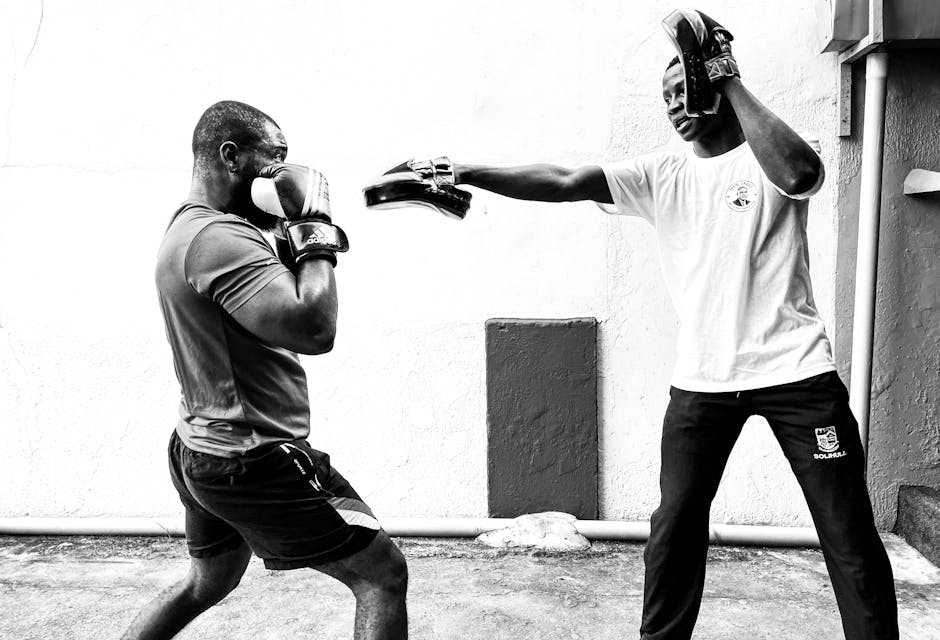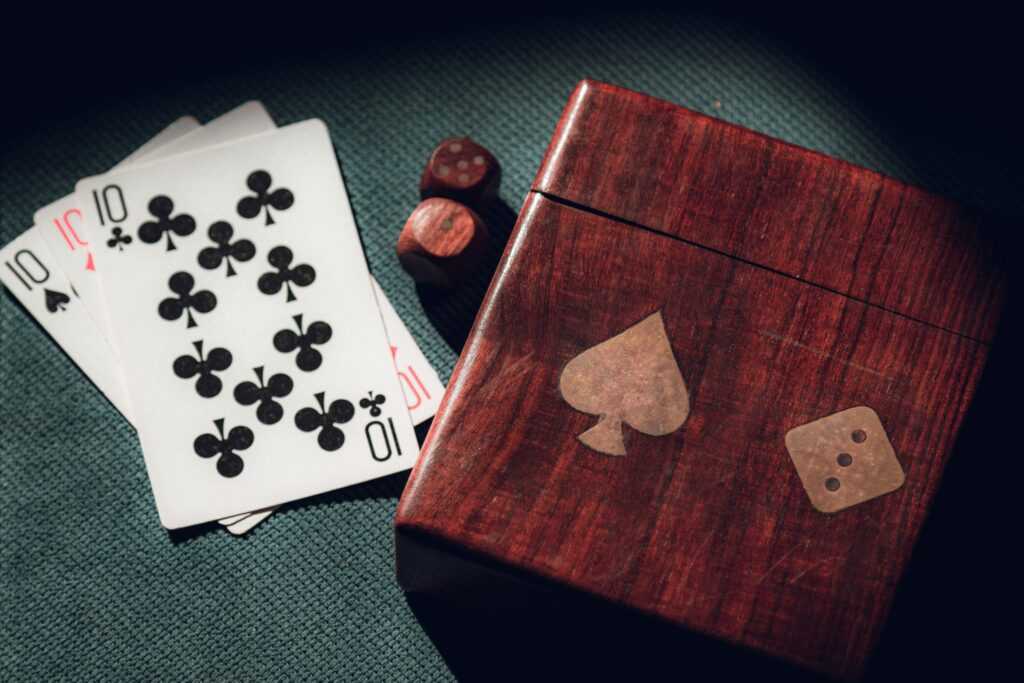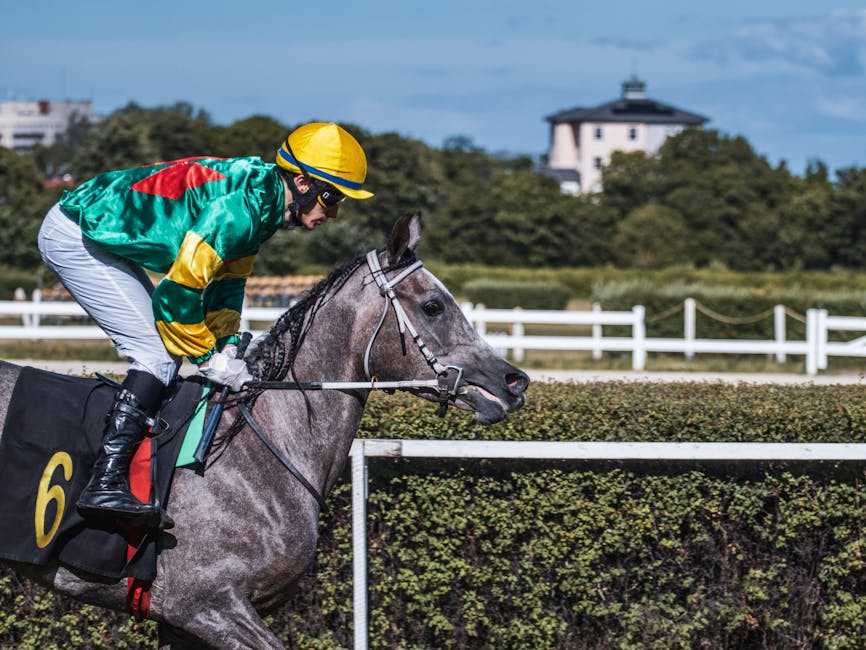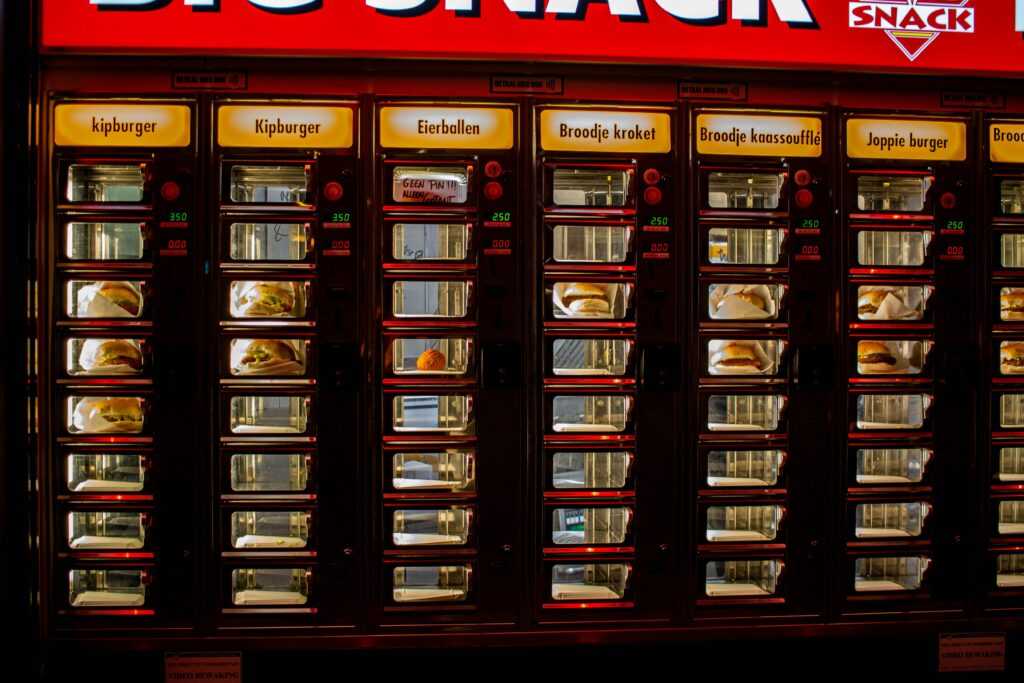The Reality of Roulette
Roulette looks simple: a wheel spins, a ball drops, and everyone waits. But under that flashy veneer is a game that blends pure chance with a controlled framework. It’s not chess. You won’t out-think the wheel. But you can understand how it works and use that to your advantage.
At its core, roulette is structured randomness. You choose where to place your bets—red or black, odd or even, a single number, or a dozen—and then let the laws of probability do their thing. That’s the structure. The randomness comes from the wheel and ball, which move too quickly and unpredictably to be influenced beyond the mechanics.
Now, the house edge. This is where things get real. An American roulette wheel has 38 pockets: numbers 1 to 36, plus 0 and 00. That double zero is the catch—it pushes the house edge up to about 5.26%. European wheels only have one zero, bringing the edge down to around 2.7%. That’s a big drop, especially over long sessions. If you’re serious, always lean European.
What can you control? Your strategy, your bets, your discipline. What you can’t control? The outcome of any single spin. No betting system breaks the math. But understanding the rules, the edge, and your limits can keep you in the game longer—and that’s the start of smarter play.
Inside vs. Outside Bets: Risk and Reward in Roulette
Roulette isn’t just red or black—it’s a game of layered risk. The table offers two main bet types: inside and outside. Inside bets are higher risk, higher reward. You’re betting on specific numbers or tight combos, like a straight-up bet on 17 or a split between 8 and 11. These carry longer odds but pay out more—up to 35:1 for a single number.
Outside bets are about lower risk and steadier play. You’re picking broader categories: red or black, odd or even, high (19–36) or low (1–18). The payout’s smaller, usually 1:1, but the odds are close to 50/50 (minus that pesky zero). Great for players who want to keep chips on the table longer.
Here’s a quick breakdown of some common wager types:
- Straight-up (1 number): Pays 35:1, odds 1 in 37 (European)
- Split (2 numbers): Pays 17:1
- Street (3 numbers in a row): Pays 11:1
- Red/Black or Odd/Even: Pays 1:1
- Dozens or Columns: Pays 2:1
The wheel doesn’t care how you bet, but your bankroll should. Mixing inside and outside bets lets you balance the thrill with a bit of caution. Just know what you’re risking—and what you’re chasing.
Technique 1: Choose the Right Table
Your first move in roulette isn’t placing a bet—it’s picking where to sit. Not all wheels are created equal, and choosing the right one changes your odds before the ball even spins.
Start with the wheel itself. American roulette has two zeros (0 and 00), which gives the house a bigger edge—around 5.26%. European roulette has only one zero, shaving that edge down to about 2.7%. If you’re looking to stretch your bankroll, or even just last longer at the table, choose the single-zero wheel every time.
Next, check the table limits. High minimums force larger bets, which may not leave you enough room to manage your bankroll or execute a strategy like Martingale or D’Alembert. Low-limit tables give you flexibility, especially early on while you’re reading the action.
Finally, don’t rush. Watch the table before you jump in. Who’s playing? How fast is the dealer moving? Does the table have a rhythm or is it scattered and chaotic? Sometimes, the way a table feels is a better indicator than what the numbers say. Be patient. Stack the tiny advantages before you place a single chip.
Technique 2: Bankroll Management
Roulette isn’t about chasing a streak. It’s about staying in the game long enough to make smart decisions. That starts with a clear bankroll—and strict limits.
Set your win limit before you bet. Same with what you’re willing to lose. Hit either number? Walk. No negotiating with yourself. That’s how you play with discipline, not delusion.
Then there’s unit betting. Instead of throwing random chunks of money at the table, divide your bankroll into units—say 50 units for the session. Each wager is a set number of units, depending on the risk. If you’re upping your bet, do it based on a system or clear reasoning, not just a feeling.
The biggest trap is going all-in to “win it back.” That’s not strategy, it’s a panic move. And panic never ends well at the wheel. Stay measured. Stay in control. That’s how bankroll management works—and why it matters.
Technique 3: Betting Strategies That Matter
There’s no silver bullet for beating roulette, but there are systems that help you ride the variance without wrecking your bankroll. Let’s break down a few of the classics—and what they really offer.
Martingale: Double or Trouble? Probably the most famous (and dangerous) system, Martingale is simple: double your bet after every loss, so one win makes up for past losses. In theory, it works. In practice, you’ll slam into table limits or drain your bankroll before catching that win. It’s risky, stressful, and often not worth the panic.
Reverse Martingale: Letting Wins Ride Instead of chasing losses, this strategy doubles down only after a win. If you win a small bet, you roll the profit into the next round. The upside is riding hot streaks with house money. The downside? One loss resets the run. It’s less destructive than Martingale, but still streak-dependent, so it needs discipline.
D’Alembert and Fibonacci: Slower, Safer Pacing These systems take a more conservative approach. D’Alembert increases your bet by one unit after a loss and decreases by one after a win—a gentle seesaw effect. Fibonacci follows a mathematical sequence (1-1-2-3-5…) to recover losses gradually. Both are better for long sessions when you’re not looking to hit it big, just survive the swings.
When (and If) to Walk Away No strategy matters if you don’t know when to quit. Set win goals. Set stop-loss points. Stick to them. Walking away with a small win beats chasing a bigger one into a loss. Roulette’s edge never sleeps, but good discipline keeps it from chewing you up.
Bottom line: these strategies don’t break the game—they just help you lose slower or ride lucky waves without drowning.
Technique 4: Observation and Table Rhythm
Roulette is built to be random, but humans (and machines) aren’t perfect. In a few older casinos—especially ones with aging equipment—there’s still a faint hope of spotting a biased wheel. It’s rare, but not impossible. A wheel with wear-and-tear might favor certain numbers or quadrants. Don’t expect magic, but if you’re sitting at the same table for a while, it doesn’t hurt to log spin outcomes and see if a pattern sticks out.
Spin patterns, on their own, aren’t predictive. But familiarity matters. Some seasoned players take quiet notes or use mental shorthand, building a sense of rhythm across spins. Think of it less like predicting the future, and more like knowing the tempo of a beat. When you’re used to how a dealer spins, you’re simply reacting with more awareness.
Then there’s timing. Slow tables offer breathing room, giving you time to place intentional bets. Rapid-fire tables, especially digital hybrids, demand speed—but don’t let that pressure push you into hasty wagers. One or two sharp bets will always beat five careless ones. Observation doesn’t guarantee you win more—but you’ll lose less like a rookie.
Technique 5: Mindset Over Myth
If there’s one trap most roulette players fall into, it’s buying into the myth of “hot” or “due” numbers. A red 23 hits three times in a row? Doesn’t mean it’s hot. Number 17 hasn’t shown up in 40 spins? Doesn’t mean it’s due. Roulette has no memory. Each spin is a reset. The wheel doesn’t care what just happened—it’s zeroed every time. Clinging to number streaks is just noise dressed up as strategy.
That’s why mindset matters more than myth. Wins feel good, losses sting, but neither should knock you off your plan. Emotional betting leads to sloppy decisions—bigger bets chasing losses, abandoning strategy mid-session, assuming patterns where there are none.
The edge isn’t knowing what’s next. It’s having the discipline to manage your bets, stick to your limits, and walk away when you said you would. In a game built on chance, discipline is as close to skill as you’re going to get.
Advanced Tip: Integrating Mixed Strategies
Trying to force a single strategy in roulette—especially one that’s either too aggressive or overly cautious—is a common misstep. Smart players know when to shift gears. Blending conservative systems like D’Alembert with more aggressive ones like the Reverse Martingale means you can adapt based on how a session unfolds. You’re not betting scared, but you’re also not flying blind. Timing matters.
Another distinction: sessions, not streaks. Don’t treat your whole bankroll like it’s burning in one sitting. Break it into individual sessions with their own stop-loss and win goals. This keeps emotions in check—too many players throw discipline out when they start chasing.
Last point—before the real money hits the table, test your ideas in free games. Most online casinos offer demo modes. Use them. See how strategies feel under pressure, how long they last, and where they break. Practice doesn’t make perfect in roulette—but it does make you less likely to play dumb.
Controlled pace. Fluid thinking. No magic tricks. That’s how you play wiser.
Where Roulette Techniques Fit Into the Bigger Picture
At its core, roulette is entertainment. It’s a game. A well-designed whirl of chance and anticipation. If you’re playing to beat the house every time, you’re likely to walk away frustrated—or broke. The smart approach is accepting that profit is secondary. The real value is in stretching your bankroll, reading the room, and playing with presence.
This is where lessons from other games, especially poker, come in handy. The best players—regardless of the game—learn to observe. In roulette, that means watching for rhythm, sensing when tables get cold or hot (even if that’s just your perception), or noticing how other players bet and react. A little patience can go a long way.
Like poker, roulette rewards those who manage emotions and keep discipline. Don’t chase. Don’t tilt. Keep your strategy steady, your bets measured, and your mindset sharp.
Want more on transferable skills from poker? Check out Reading Opponents and Making the Right Call in Poker.
Final Take
Roulette doesn’t promise much, and that’s the honest truth. But what it does offer, if you’re dialed-in, is time at the table. And time matters. The sharper your plan—bankroll management, table selection, strategy mixing—the longer you can play. Longevity beats lucky streaks, every time.
Don’t make it about chasing some jackpot. Focus on process: clean bets, controlled pacing, and knowing when to walk. Stay grounded. That’s where the actual edge is.
Roulette won’t pay your mortgage. It’s not a business plan. But it doesn’t have to be reckless either. Learn the structure, respect the risk, and if you sit down to play, play smart. That’s the win.


 Nealsuner Williams contributes to GambleFitnessSplash with articles that dive into fitness, gaming, and modern tech. With a passion for exploring how innovation impacts daily routines, Nealsuner helps readers discover smarter ways to integrate wellness and responsible play.
Nealsuner Williams contributes to GambleFitnessSplash with articles that dive into fitness, gaming, and modern tech. With a passion for exploring how innovation impacts daily routines, Nealsuner helps readers discover smarter ways to integrate wellness and responsible play.

